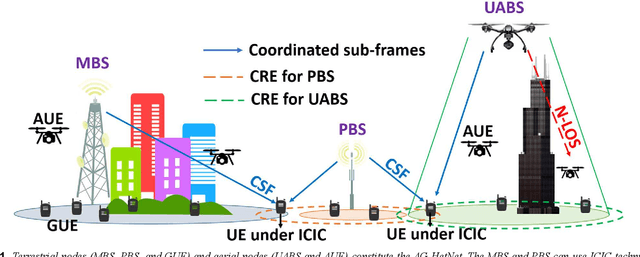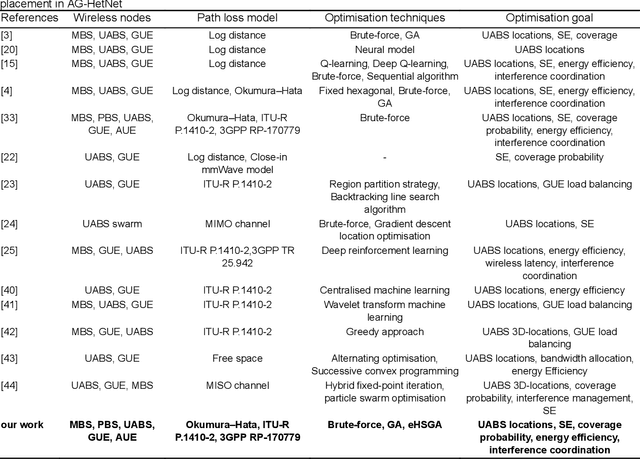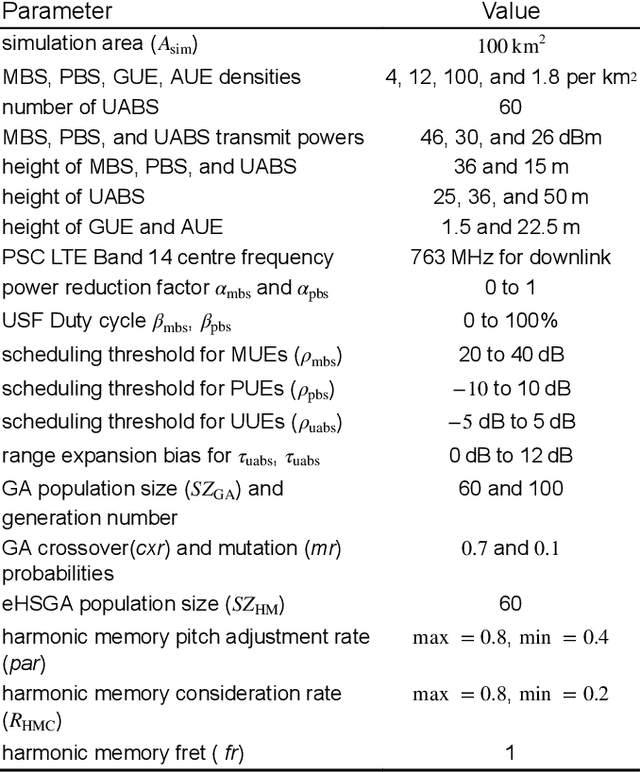Kemal Akkaya
Enhanced Outsourced and Secure Inference for Tall Sparse Decision Trees
May 04, 2025



Abstract:A decision tree is an easy-to-understand tool that has been widely used for classification tasks. On the one hand, due to privacy concerns, there has been an urgent need to create privacy-preserving classifiers that conceal the user's input from the classifier. On the other hand, with the rise of cloud computing, data owners are keen to reduce risk by outsourcing their model, but want security guarantees that third parties cannot steal their decision tree model. To address these issues, Joye and Salehi introduced a theoretical protocol that efficiently evaluates decision trees while maintaining privacy by leveraging their comparison protocol that is resistant to timing attacks. However, their approach was not only inefficient but also prone to side-channel attacks. Therefore, in this paper, we propose a new decision tree inference protocol in which the model is shared and evaluated among multiple entities. We partition our decision tree model by each level to be stored in a new entity we refer to as a "level-site." Utilizing this approach, we were able to gain improved average run time for classifier evaluation for a non-complete tree, while also having strong mitigations against side-channel attacks.
On Sharing Models Instead of Data using Mimic learning for Smart Health Applications
Dec 24, 2019



Abstract:Electronic health records (EHR) systems contain vast amounts of medical information about patients. These data can be used to train machine learning models that can predict health status, as well as to help prevent future diseases or disabilities. However, getting patients' medical data to obtain well-trained machine learning models is a challenging task. This is because sharing the patients' medical records is prohibited by law in most countries due to patients privacy concerns. In this paper, we tackle this problem by sharing the models instead of the original sensitive data by using the mimic learning approach. The idea is first to train a model on the original sensitive data, called the teacher model. Then, using this model, we can transfer its knowledge to another model, called the student model, without the need to learn the original data used in training the teacher model. The student model is then shared to the public and can be used to make accurate predictions. To assess the mimic learning approach, we have evaluated our scheme using different medical datasets. The results indicate that the student model mimics the teacher model performance in terms of prediction accuracy without the need to access to the patients' original data records.
Heuristic Approach for Jointly Optimizing FeICIC and UAV Locations in Multi-Tier LTE-Advanced Public Safety HetNet
Dec 07, 2019



Abstract:UAV enabled communications and networking can enhance wireless connectivity and support emerging services. However, this would require system-level understanding to modify and extend the existing terrestrial network infrastructure. In this paper, we integrate UAVs both as user equipment and base stations into existing LTE-Advanced heterogeneous network (HetNet) and provide system-level insights of this three-tier LTE-Advanced air-ground HetNet (AG-HetNet). This AG-HetNet leverages cell range expansion (CRE), ICIC, 3D beamforming, and enhanced support for UAVs. Using system-level understanding and through brute-force technique and heuristics algorithms, we evaluate the performance of AG-HetNet in terms of fifth percentile spectral efficiency (5pSE) and coverage probability. We compare 5pSE and coverage probability, when aerial base-stations (UABS) are deployed on a fixed hexagonal grid and when their locations are optimized using genetic algorithm (GA) and elitist harmony search algorithm based on genetic algorithm (eHSGA). Our simulation results show the heuristic algorithms outperform the brute-force technique and achieve better peak values of coverage probability and 5pSE. Simulation results also show that trade-off exists between peak values and computation time when using heuristic algorithms. Furthermore, the three-tier hierarchical structuring of FeICIC provides considerably better 5pSE and coverage probability than eICIC.
 Add to Chrome
Add to Chrome Add to Firefox
Add to Firefox Add to Edge
Add to Edge